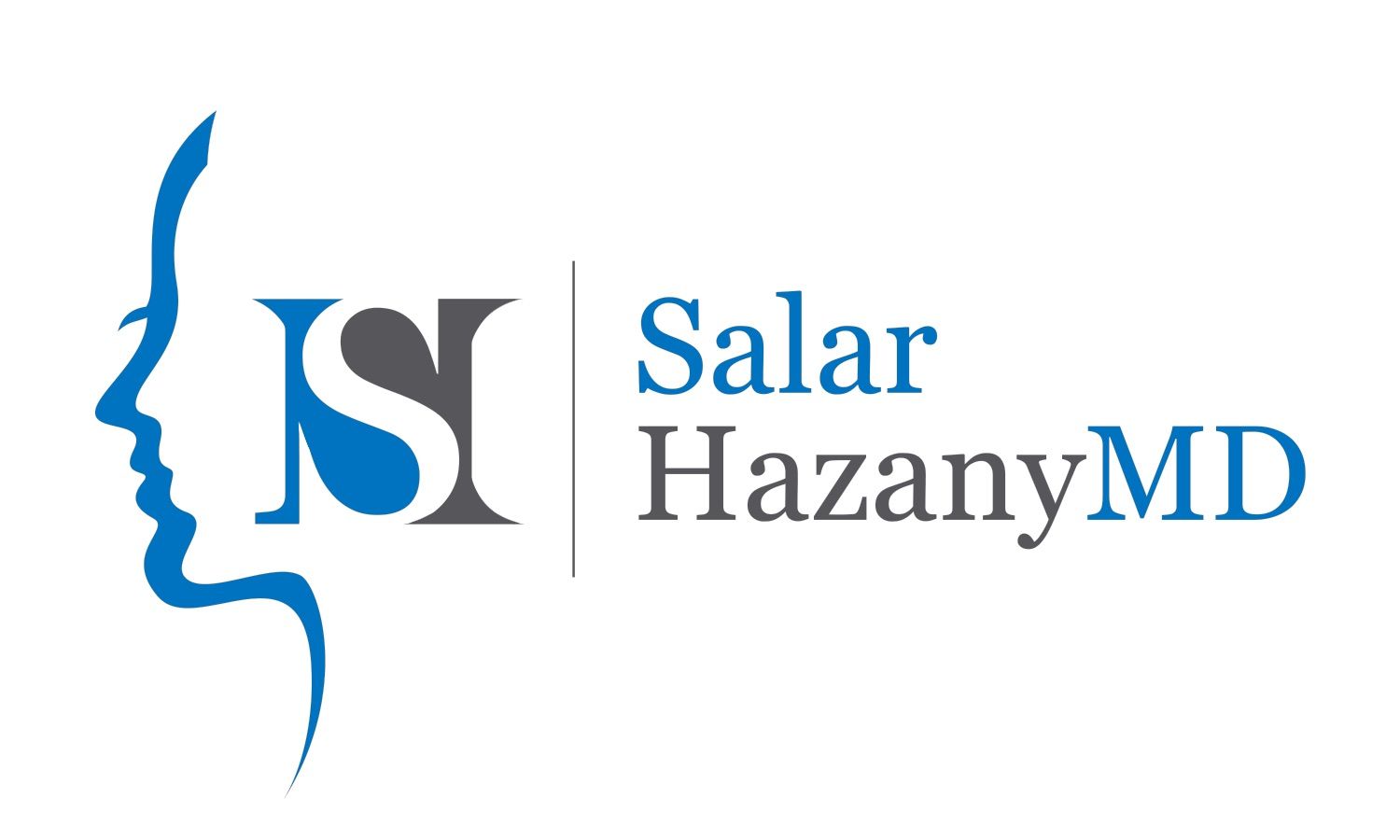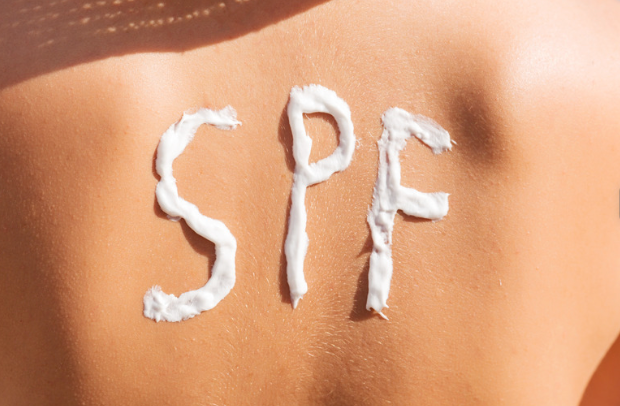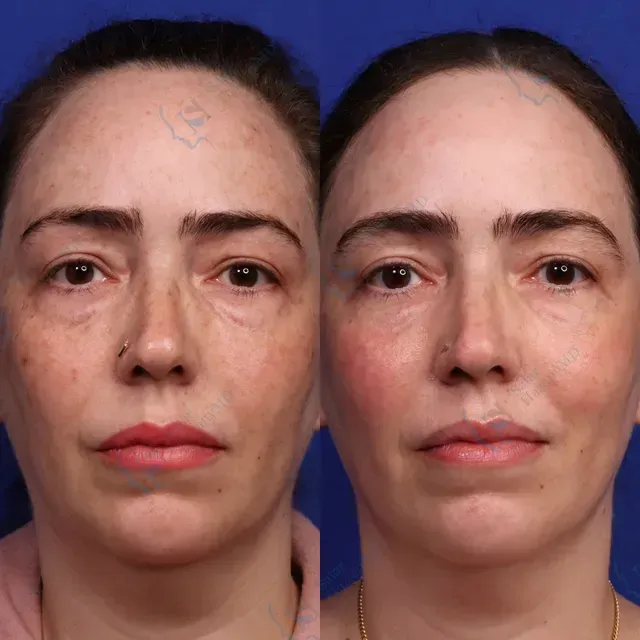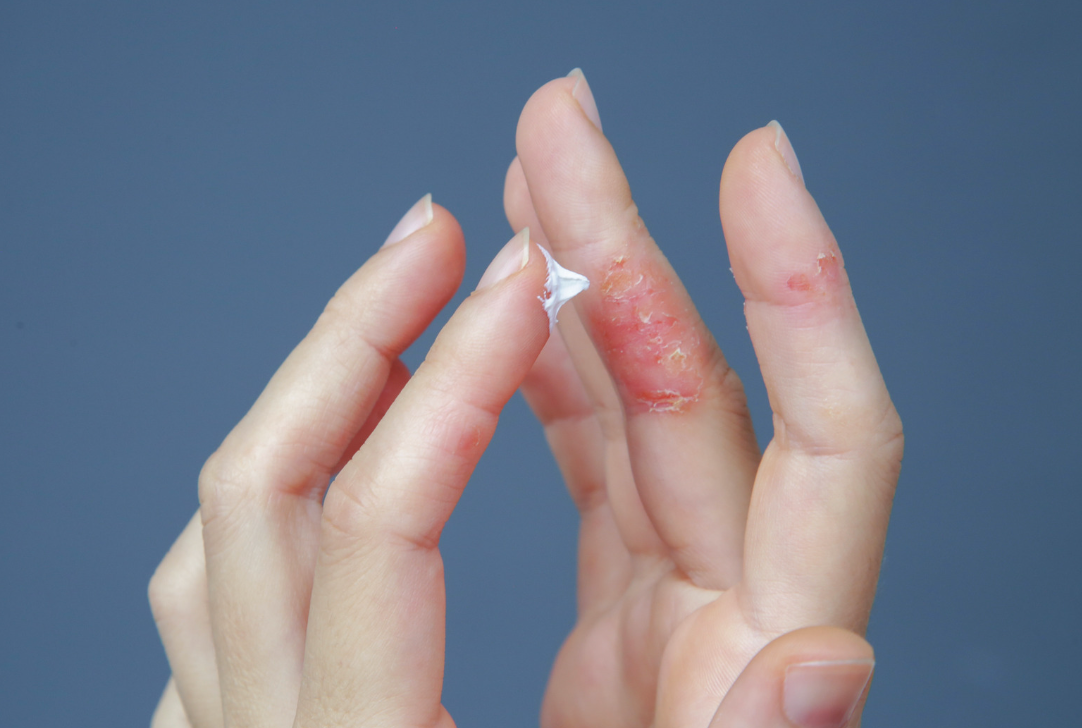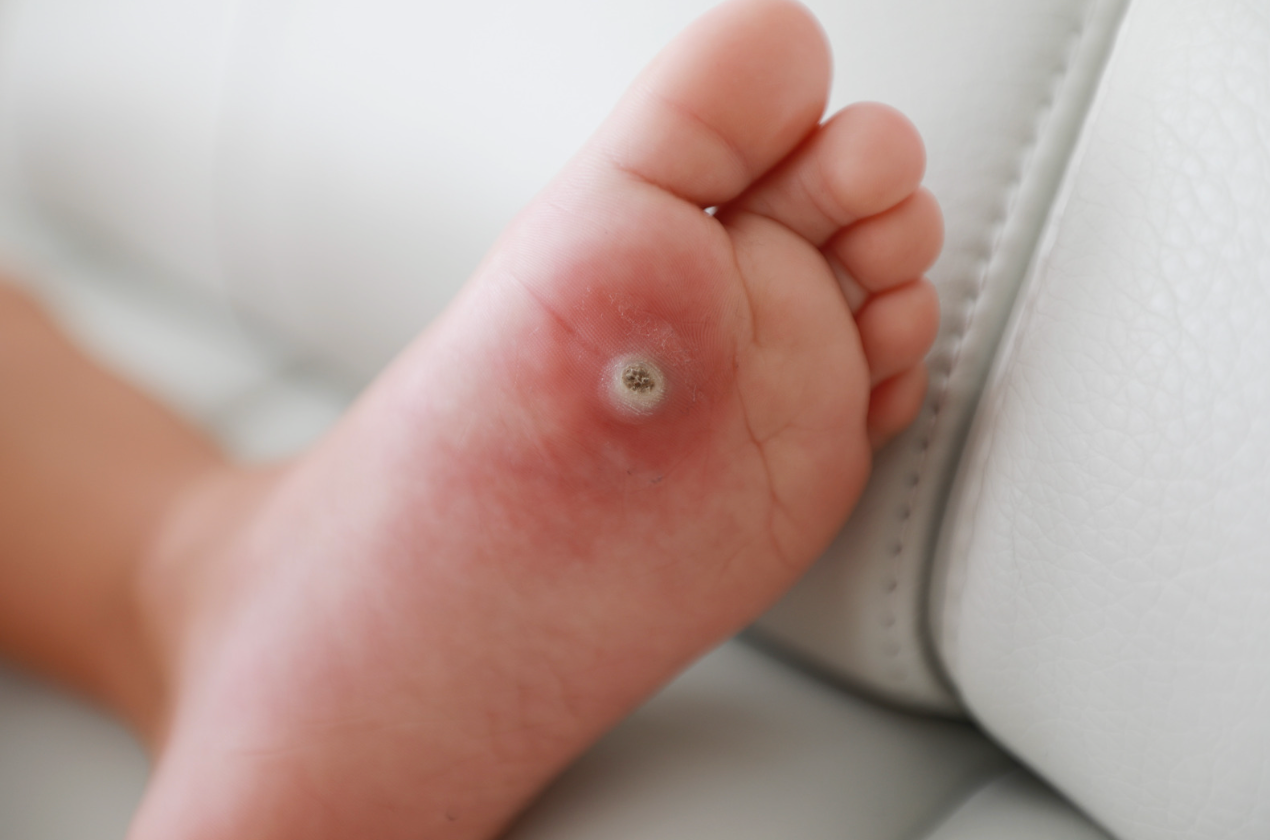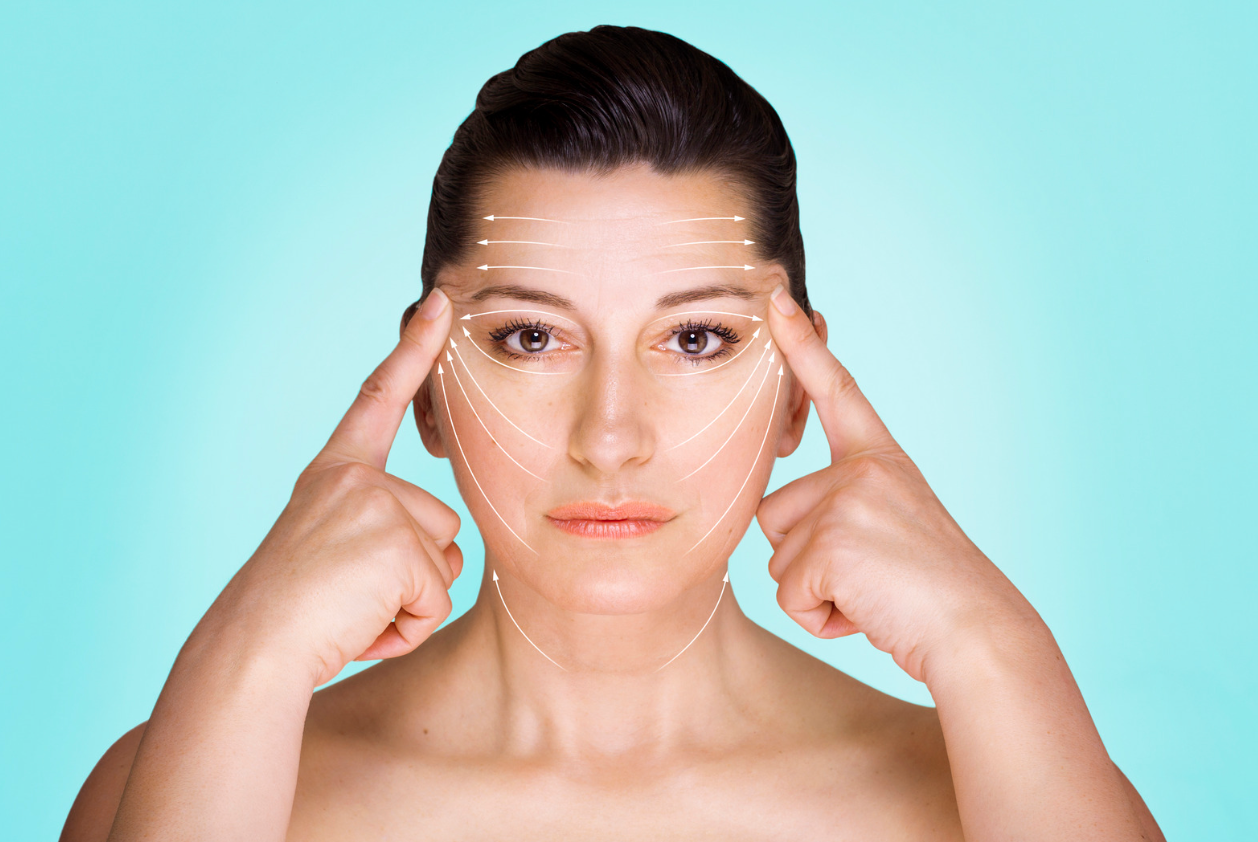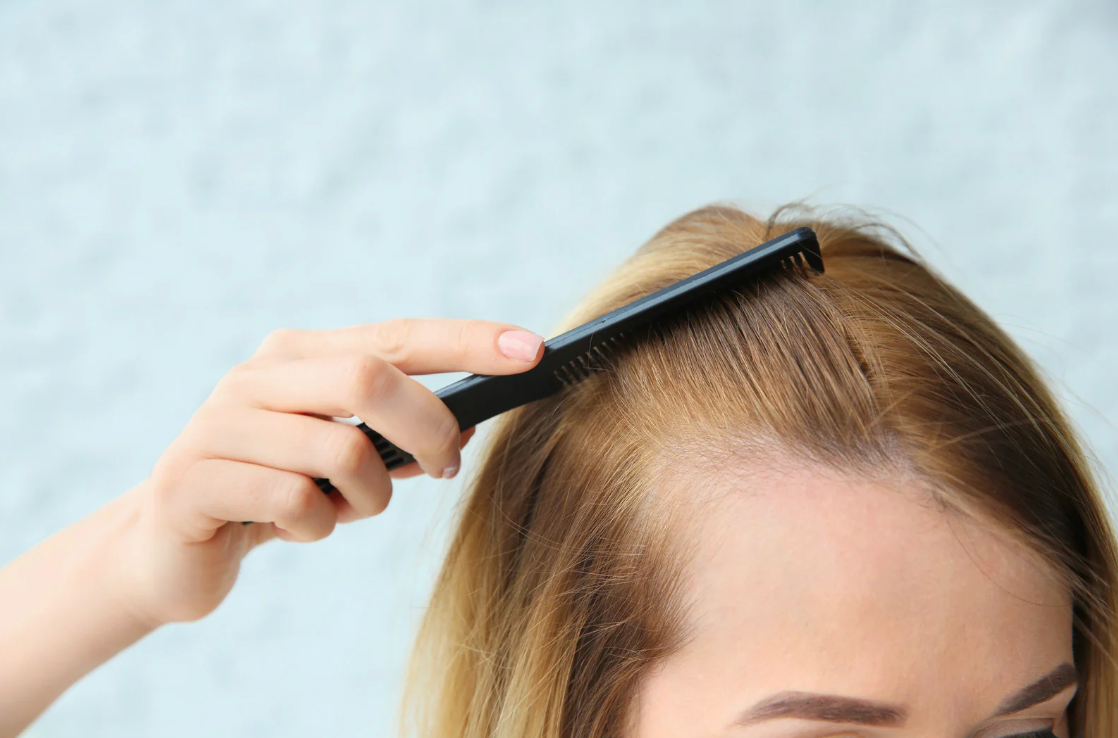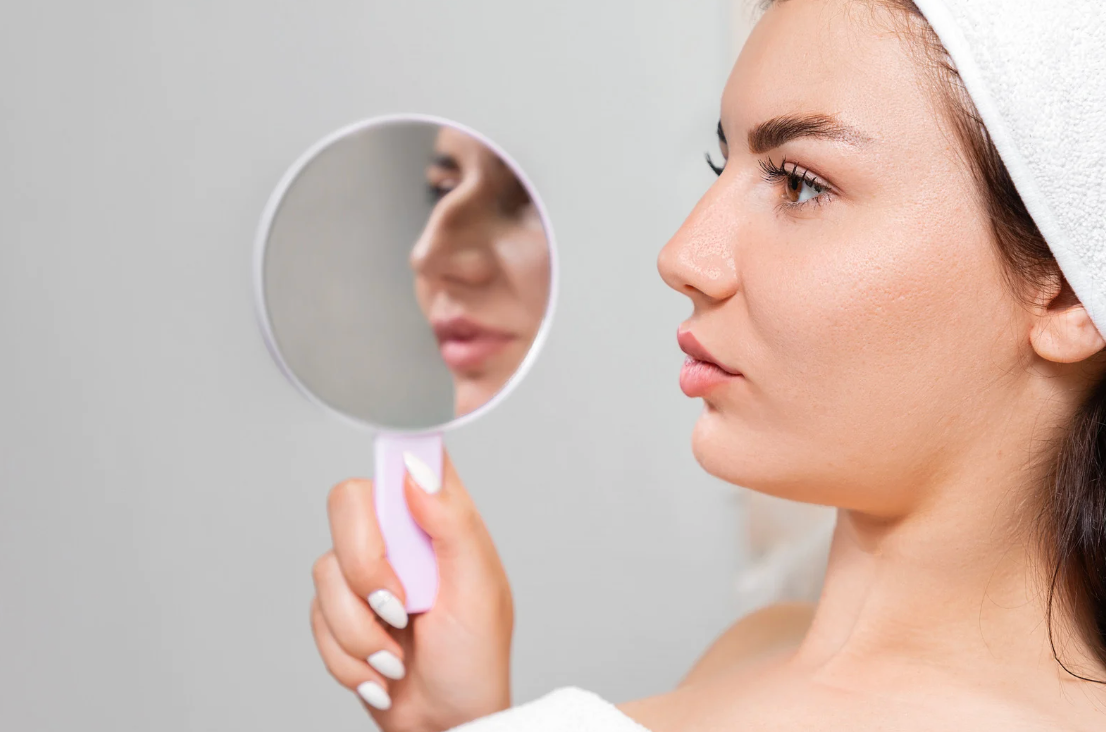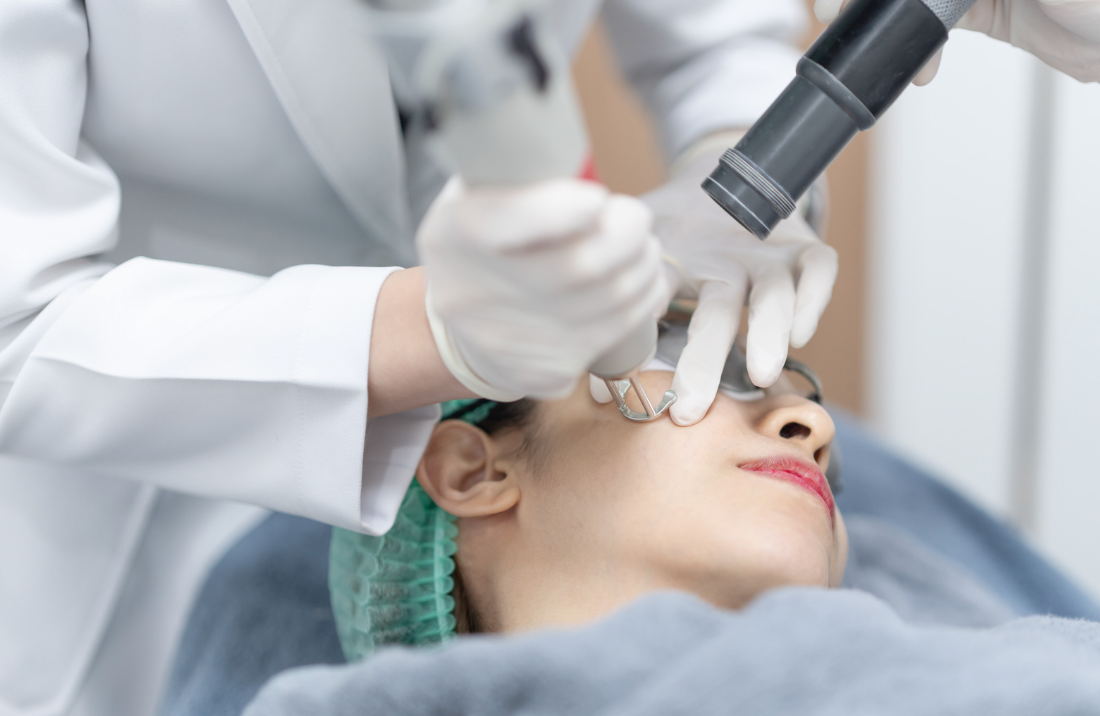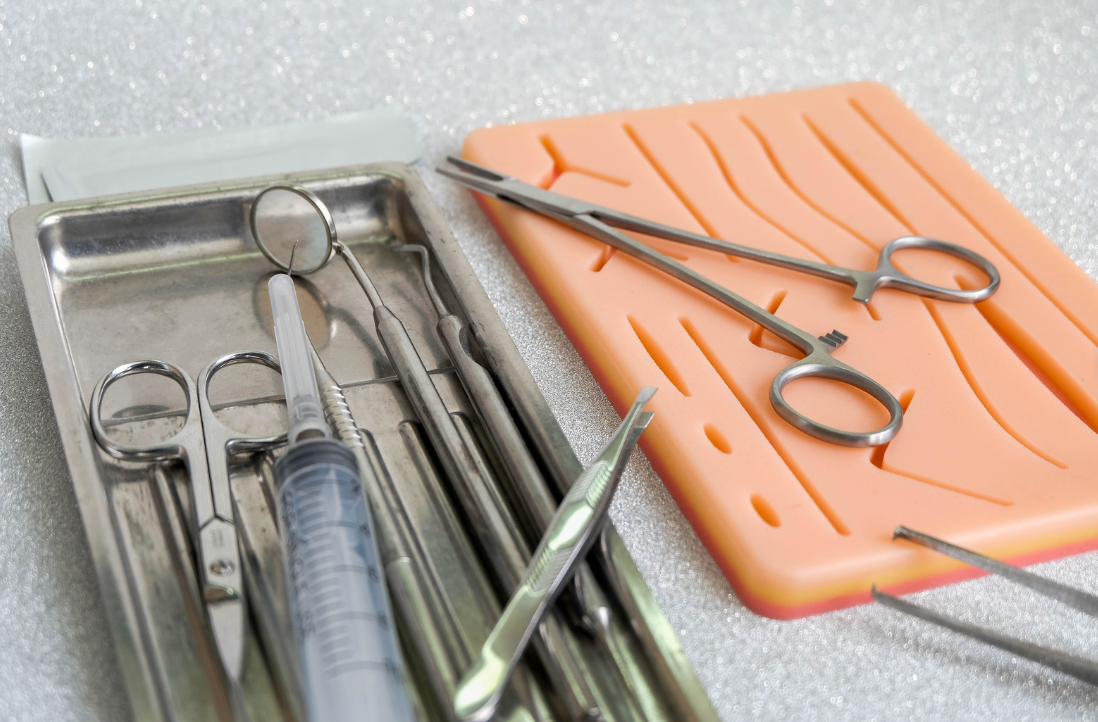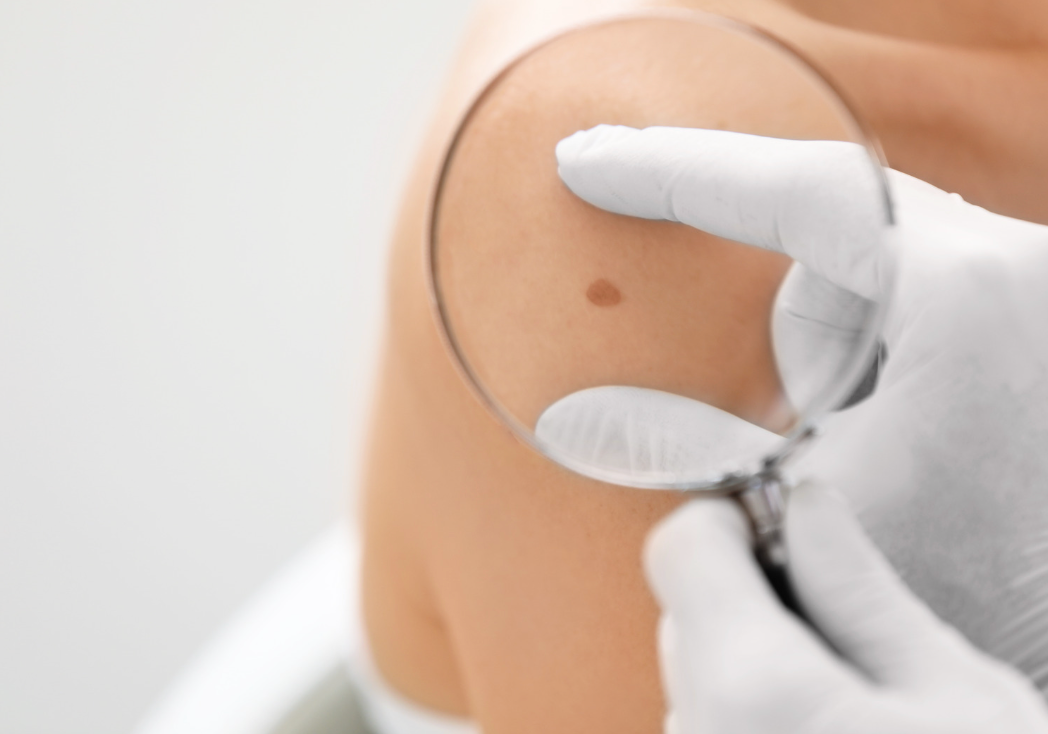Salmon Sperm: The New Trend in Skincare
Salmon Sperm in Cosmetic Dermatology: A Revolutionary Ingredient or Just a Fad?

The world of dermatology is constantly evolving, with new treatments and ingredients regularly emerging in an attempt to tackle the complex challenges of skincare. One of the more unusual trends to surface recently is the use of salmon sperm DNA in dermatological procedures. While this might sound like something out of a science fiction novel, salmon sperm is actually being explored for its potential benefits in skin rejuvenation, anti-aging, and even wound healing. But is this unique ingredient truly a breakthrough in dermatology, or is it simply a passing trend? Let's take a deeper look at the science and use of salmon sperm in dermatology.
What Is Salmon Sperm DNA?
Salmon sperm DNA is exactly what it sounds like—DNA extracted from the sperm of salmon. This ingredient is rich in proteins and nucleic acids that are believed to offer regenerative and reparative properties for the skin. In dermatology, salmon sperm is typically processed into a serum or injectable solution to be used in various procedures aimed at improving skin health and appearance.
While the idea of using fish sperm in medical treatments may initially seem strange, its application in skincare and dermatology is rooted in the potential of DNA repair and cellular regeneration. But why salmon sperm specifically?
Why Salmon Sperm?
Salmon sperm is considered a particularly potent source of DNA due to the unique properties of fish sperm. The DNA from salmon is rich in nucleic acids, antioxidants, and proteins that are believed to have a variety of beneficial effects on the skin. It’s believed that these compounds can stimulate skin regeneration, collagen production, and even reduce the appearance of fine lines and wrinkles.
Furthermore, salmon sperm is known to have anti-inflammatory properties, which makes it potentially beneficial for soothing irritated skin or managing certain dermatological conditions. Because fish DNA has been shown to have the ability to repair damaged cells, it’s thought to be an excellent option for promoting skin healing and addressing common skin concerns such as aging, acne scars, or skin texture issues.
The Potential Benefits of Salmon Sperm in Dermatology
- Skin Regeneration: One of the most promising uses of salmon sperm DNA is in skin regeneration. The DNA from salmon sperm is thought to stimulate the body’s natural repair mechanisms, encouraging the growth of new, healthy skin cells. This could help treat damaged skin or rejuvenate aging skin by promoting cellular turnover.
- Anti-Aging: Salmon sperm is believed to help boost collagen production, a key factor in maintaining skin elasticity and firmness. As we age, collagen production naturally decreases, leading to wrinkles, sagging, and loss of skin volume. By encouraging collagen synthesis, salmon sperm DNA could potentially help reduce the visible signs of aging.
- Anti-Inflammatory Effects: The anti-inflammatory properties of salmon sperm DNA could be beneficial in treating conditions like acne, rosacea, or eczema. By calming irritated skin and reducing redness, it may help manage the symptoms of these common skin issues.
- Wound Healing and Scar Treatment: Salmon sperm DNA has also shown promise in promoting wound healing and reducing the appearance of scars. Its regenerative properties may accelerate tissue repair, making it a potential treatment option for individuals seeking to improve the appearance of scars or other skin imperfections.
- Hydration: Some studies suggest that salmon sperm can also improve the skin’s ability to retain moisture, which is essential for maintaining a healthy skin barrier. This could be particularly helpful for individuals with dry or compromised skin.
How Is Salmon Sperm Used in Dermatology?
In dermatology, salmon sperm DNA is typically used in two ways:
- Topical Serums and Creams: These are applied directly to the skin in the form of a serum or cream during professional dermatology treatments. The active ingredients are massaged into the skin to allow for maximum absorption.
- Injectables: In some cases, salmon sperm DNA is formulated into injectables, much like hyaluronic acid fillers, which are used for rejuvenating the skin. These injections are aimed at stimulating skin regeneration and collagen production from within.
Both applications are designed to target various skin issues, from aging and wrinkles to scars and inflammation. The goal is to repair and rejuvenate the skin at a cellular level, providing long-lasting benefits.
Is It Safe?
While the use of salmon sperm DNA in dermatology is an exciting development, safety remains a top concern. As with any novel ingredient or treatment, there’s a risk of allergic reactions, especially for those with sensitivities to fish or seafood. Before undergoing any procedure that involves salmon sperm DNA, it’s important to consult with a licensed dermatologist to ensure that the treatment is appropriate for your skin type and health conditions.
Fortunately, many of these treatments are well-regulated, with rigorous testing to ensure their safety. However, as with all new dermatological treatments, it’s crucial to be aware of any potential side effects and consult with a professional who is experienced with the procedure.
The Future of Salmon Sperm in Dermatology
So, is salmon sperm DNA the future of dermatology, or is it just another passing beauty trend? The science behind the ingredient is compelling, and it’s clear that salmon sperm has significant potential for a variety of skin concerns. From anti-aging treatments to wound healing, the regenerative properties of salmon sperm DNA are being taken seriously by dermatologists and researchers alike.
However, like any new treatment, more research and clinical trials are necessary to fully understand its long-term benefits and risks. As the use of salmon sperm in dermatology continues to grow, we can expect to see more studies and advancements in the field, potentially making this once-unusual treatment a staple in dermatological procedures.
Conclusion
Salmon sperm DNA represents an exciting frontier in dermatology, offering a unique approach to skin regeneration, anti-aging, and even scar treatment. While it may sound unconventional, the science behind this ingredient is promising, and it has the potential to address a wide range of skin concerns. However, as with any new treatment, it’s important to proceed with caution, seek professional advice, and stay informed as more research unfolds.
For those looking to explore cutting-edge treatments, salmon sperm DNA may be worth considering, but always ensure that you consult with a trusted dermatologist who can guide you through the process safely. With time, this ingredient could very well become a regular part of advanced dermatological care, offering a new way to rejuvenate and restore skin health.

